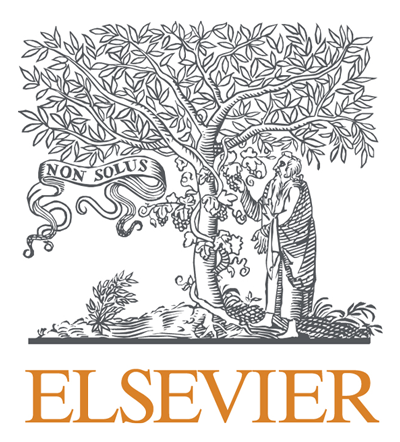Development of urban land use compatibility assessment using automated proximity analysis in Geographic Information System
Topics:
Keywords: GIS, Urban land use planning, Compatibility analysis, Focal neighborhood, Reclassification
Abstract Type: Virtual Paper Abstract
Authors:
Omid Mansourihanis,
,
,
,
,
,
,
,
,
,
Abstract
Conflicts between land uses in cities are inevitable, and how planners deal with them is extremely important; if incompatibilities are not resolved or moderated by rational planning, the entire system will fall into chaos. Due to the fact that urban planning problems do not have a definite and clear solution, and in a collective decision, some people gain and some people lose; city planning's mission is to optimize this process so that the most minor damage is done to the damaged citizens. Proximity analysis and geospatial visualization tools are useful for such evaluations to help improve the decision-making process regarding evaluating urban land uses. Urban planning involves evaluating urban land use patterns as a geospatial phenomenon, which can be approached quantitatively or qualitatively. Typically, qualitative analysis of land use patterns results in subjective and inconsistent assessments of the situation. A new quantitative approach to compatibility analysis of urban land use is presented in this paper as a critique of the traditional approach. The new model utilizes raster GIS to analyze a group of land uses within a selected radius with user-defined compatibility criteria at different scales. The model presented here is flexible such that planners are free to apply their own expert knowledge. Finally, it will be demonstrated that the traditional method relies on subjective and personal observations, while the new model analysis uses land use compatibility patterns within a larger radius and with more quantitative rigor, avoiding errors and subjectivity.
Development of urban land use compatibility assessment using automated proximity analysis in Geographic Information System
Category
Virtual Paper Abstract









